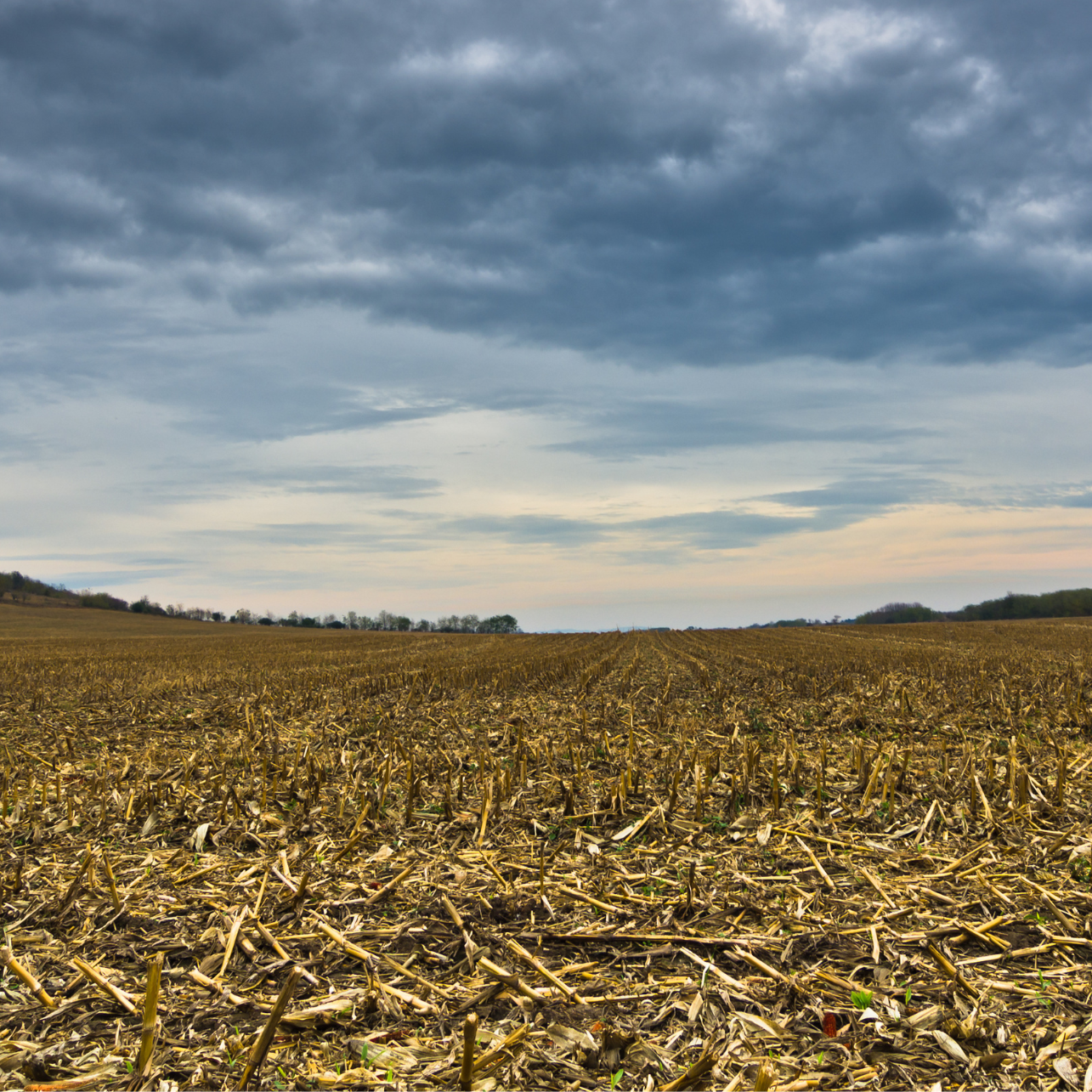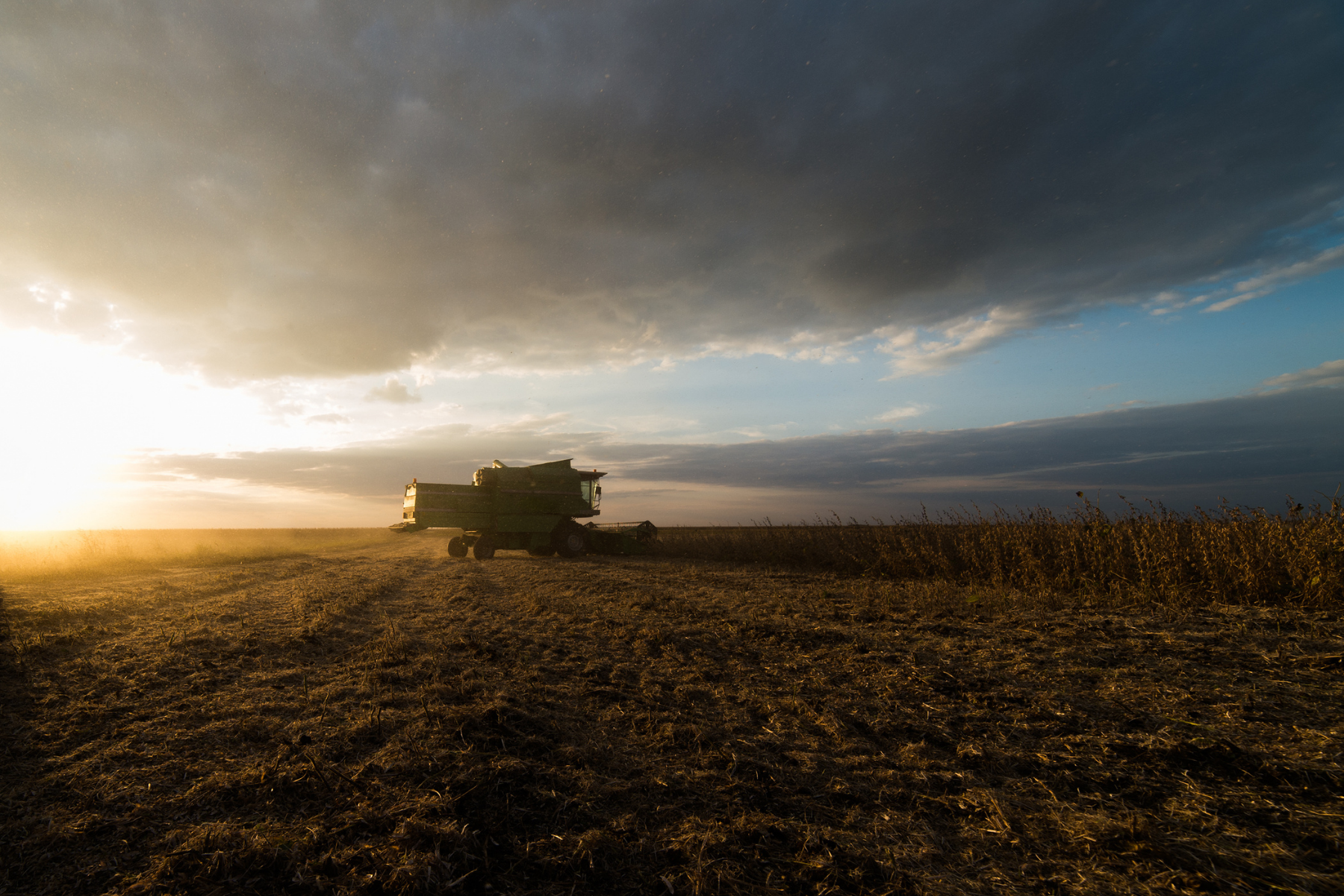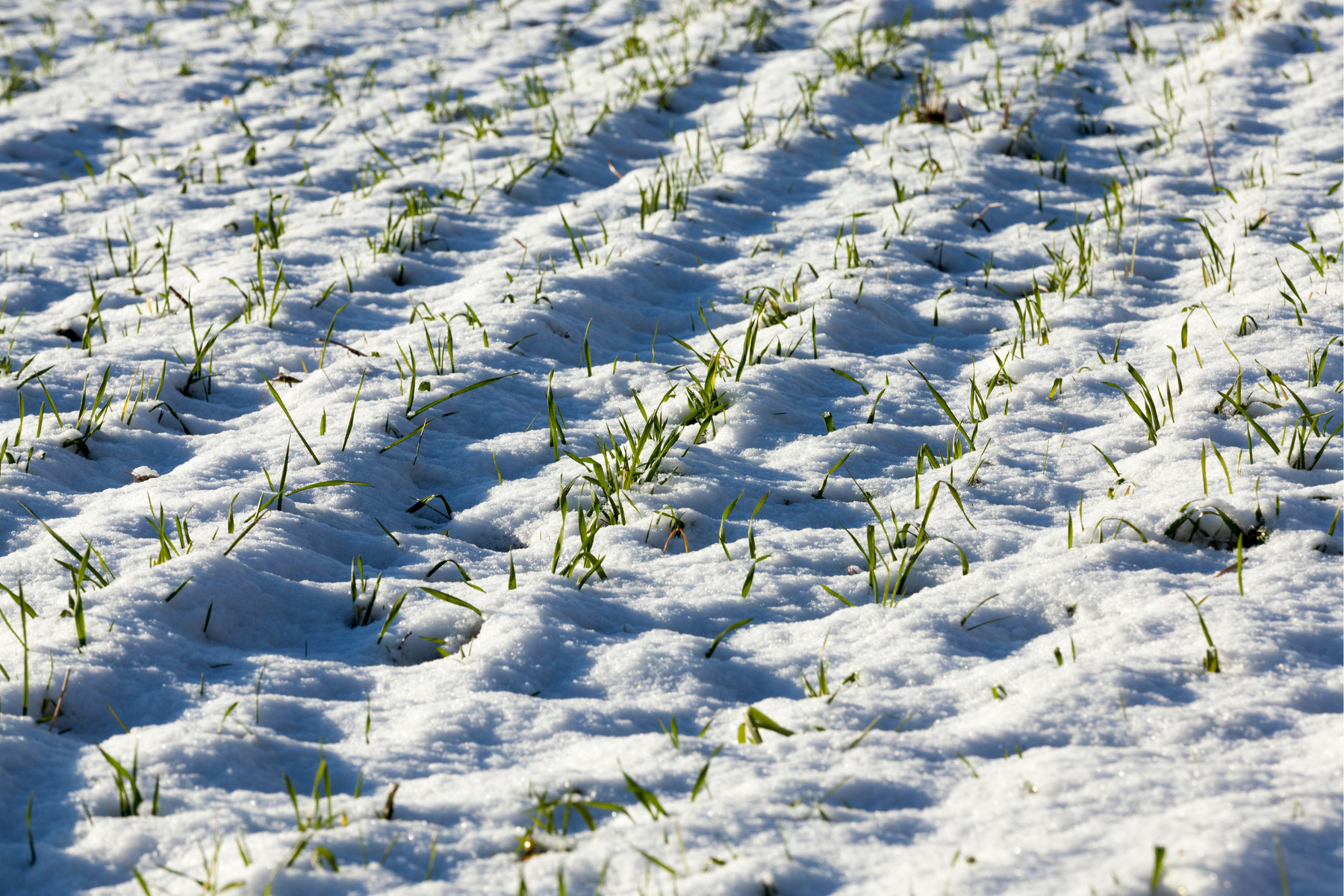As the late corn harvest wraps up, it’s time to shift our focus to post-harvest field management. Here are five essential tasks to ensure your fields are primed for success in the upcoming season:
- Stubble Management: Farmers should assess the condition of corn stubble and manage it appropriately. Stubble management is crucial for the next planting season. Farmers may choose to leave the stubble standing or incorporate it into the soil through tillage or other conservation practices. The decision depends on factors like soil health, erosion risk, and the upcoming crop.
- Soil Sampling and Analysis: Conducting soil sampling and analysis is essential to understand the nutrient levels in the soil after the corn harvest. This information helps farmers make informed decisions about nutrient management for the next crop. Adjusting fertilizer applications based on soil test results can optimize nutrient use efficiency and reduce environmental impact.
- Weed Control: Post-harvest is an opportune time to address any weed concerns. Farmers should assess weed pressure in the fields and consider implementing weed control strategies such as cover cropping, herbicide applications, or other cultural practices. Managing weeds during the fall can help create a clean seedbed for the next crop.
- Cover Cropping: Consider planting cover crops to protect and enhance the soil during the winter months. Cover crops can help prevent erosion, improve soil structure, and capture excess nutrients. Farmers should select cover crop species that align with their goals, whether it be erosion control, nitrogen fixation, or other soil health benefits.
- Crop Rotation Planning: Consider crop rotation strategies for the next growing season. Crop rotation helps break pest and disease cycles, improves soil health, and enhances overall crop productivity. Farmers should plan the sequence of crops based on their rotation strategy and take into account factors such as nutrient needs, disease resistance, and market demand.
Stay ahead of the curve by staying informed about the latest agricultural research, technologies, and best practices. Regular communication with our agronomists and agricultural extension services ensures you have the tailored insights you need for success.
As always, we’re here to support your journey towards a thriving harvest. If you have any questions or need personalized advice, feel free to reach out.




